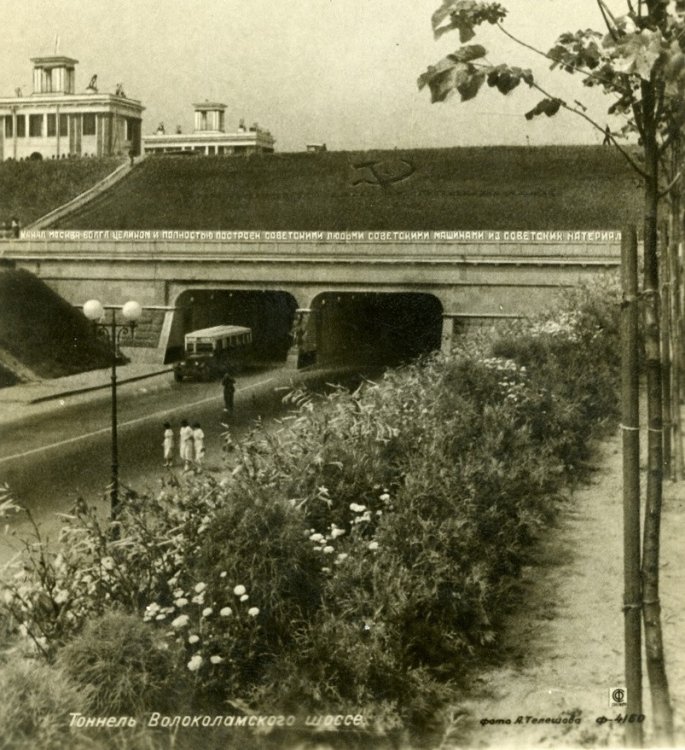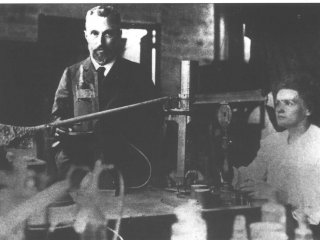
Obviously, one hardly needs a canal to sail from Moskva River to Volga – it is known that Moskva flows into Oka which in turn is a tributary of Volga. But the Moskva river used to be quite shallow, meaning that a great vessel would hardly make a great journey downstream. So a canal was thought to be indispensable – up to mid-19th century when numerous railroads radiated from Moscow and the shipping problem appeared to be addressed in a way. Nevertheless, the city faced another problem by 1930s: the water supply from the river became scarce. But Moscow had Volga flowing nearby, the engineering art was well developed, and there had been no problem with the workforce: the GULAG system had already been established.
Prisoners’ canal construction corps, known by their Russian abbreviation ZK, have built a 128-kilometer long canal featuring an average of two water control facilities per kilometer in less than five years – a fantastic speed!
The Moscow Canal got its present name in 1947, on the occasion of Moscow’s 800th anniversary. That was very fitting, after all: for a veritable ten kilometers the canal runs through the great city and merges with the Moskva River near the edge of the former Tushino Airfield. And at its very end, the channel shows its magic trick as white ships pass over cars below at the Volokolamskoye highway, reminding clearly that Moscow is the port of five seas.
























